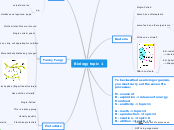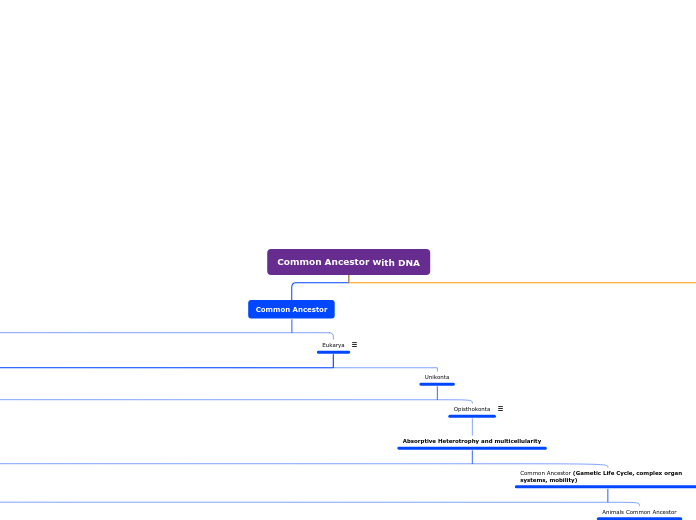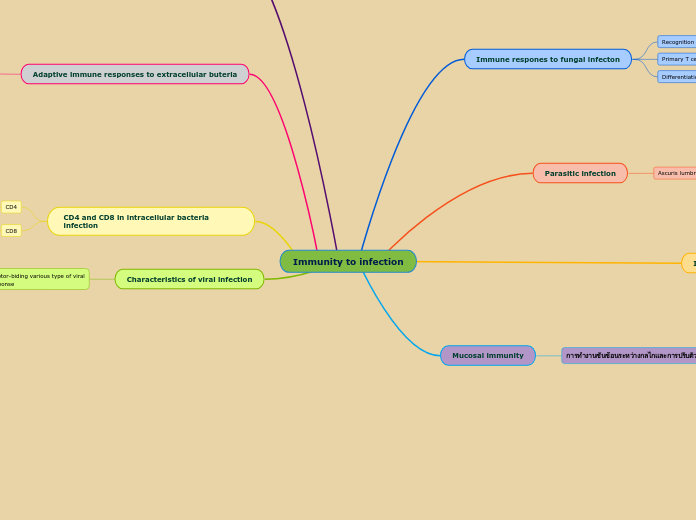a Tait van Strien 7 éve
392
Biology topic 1
Viruses are unique entities that do not carry out life processes independently, only reproducing within a living host. Examples include Influenza, HIV, and Ebola. They lack cellular structures like cell membranes and are significantly smaller than bacteria, classified as non-living pathogenic agents.









